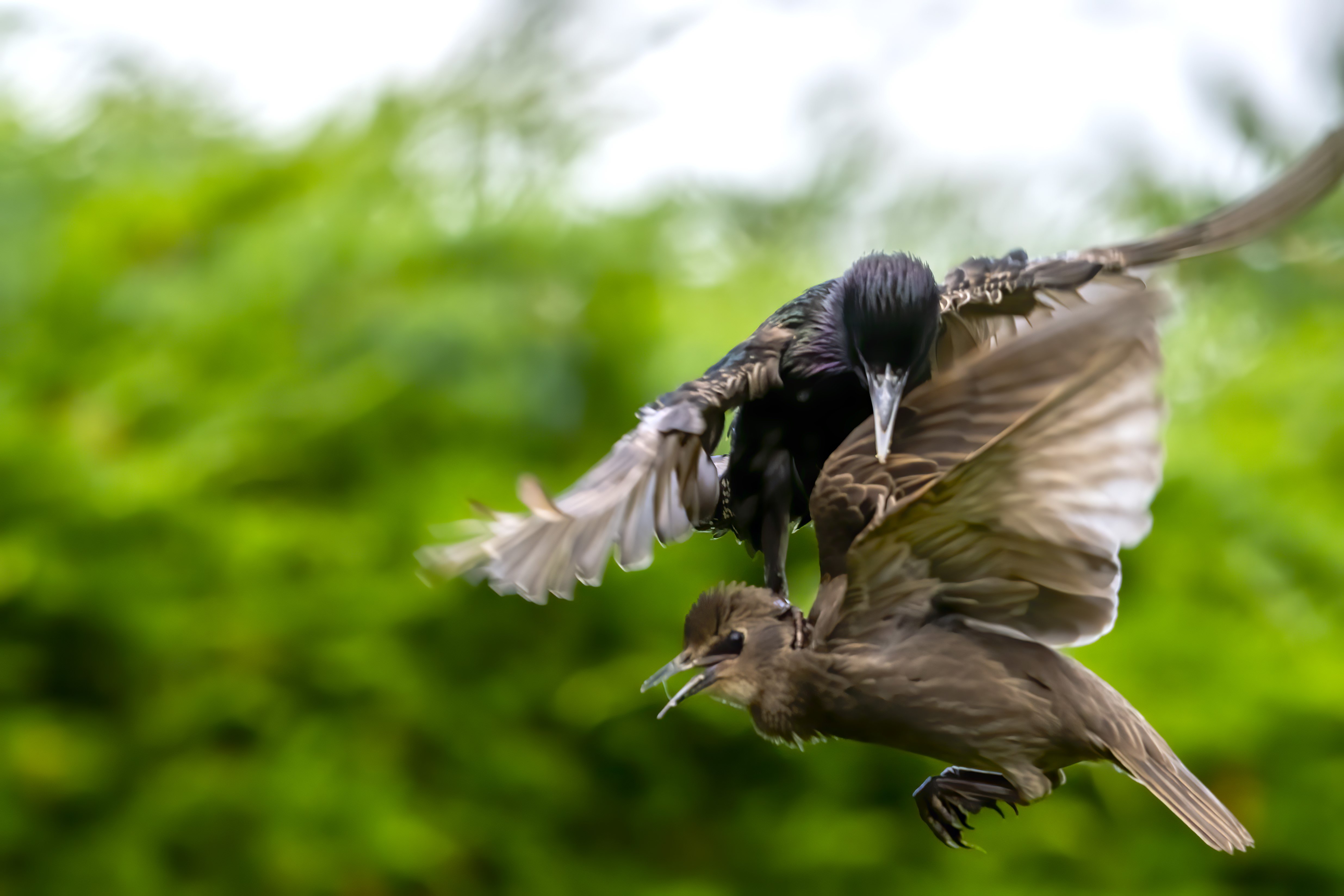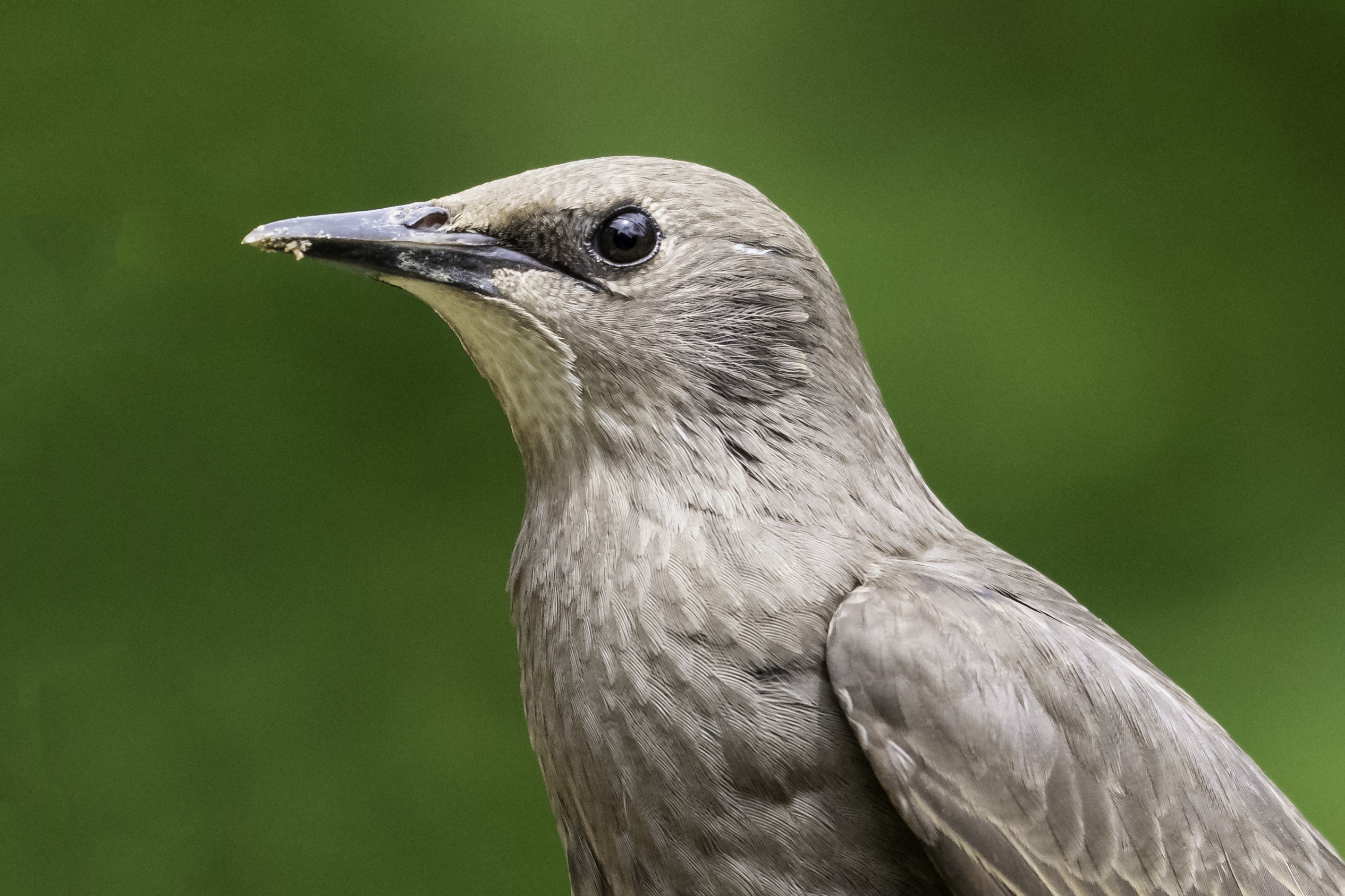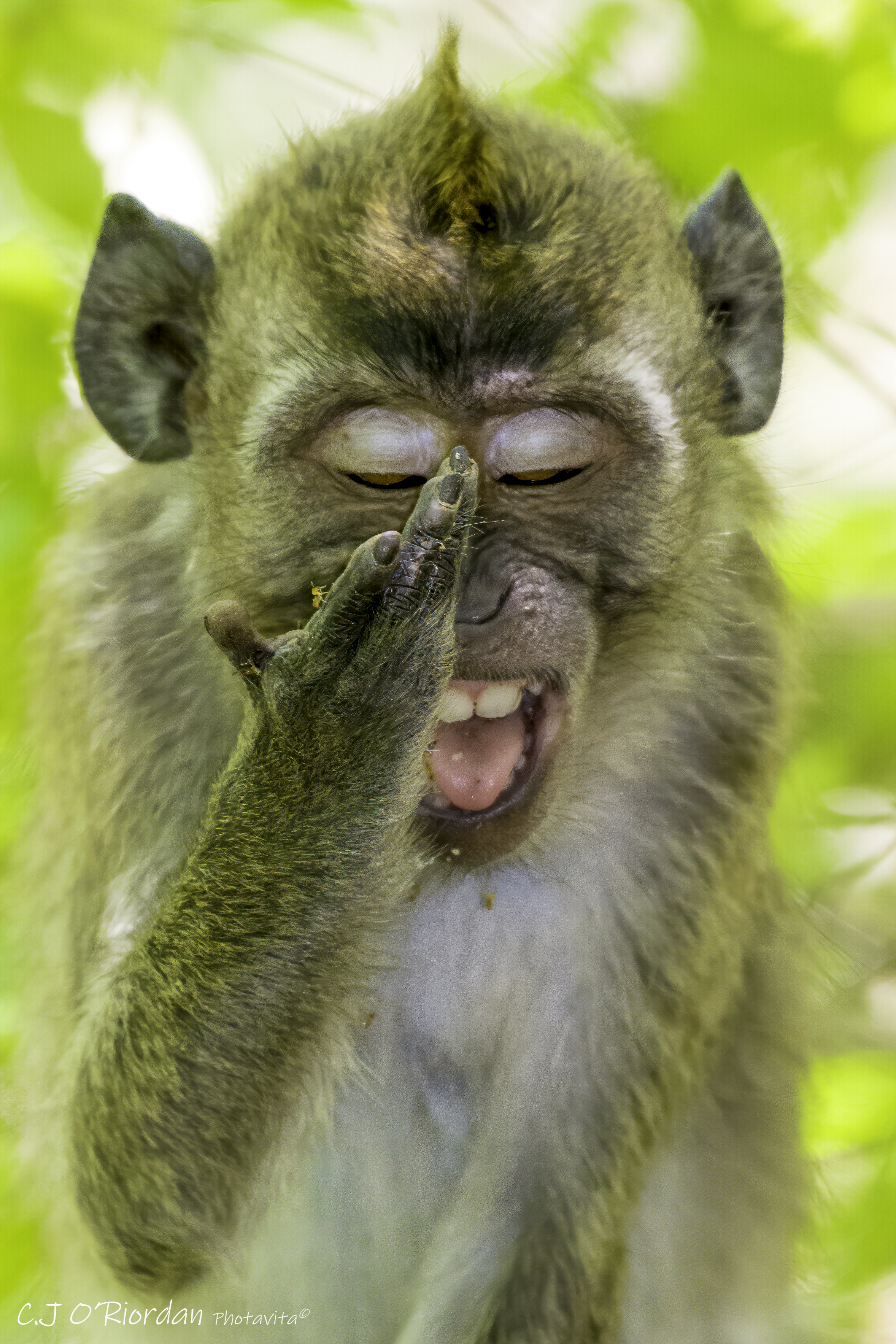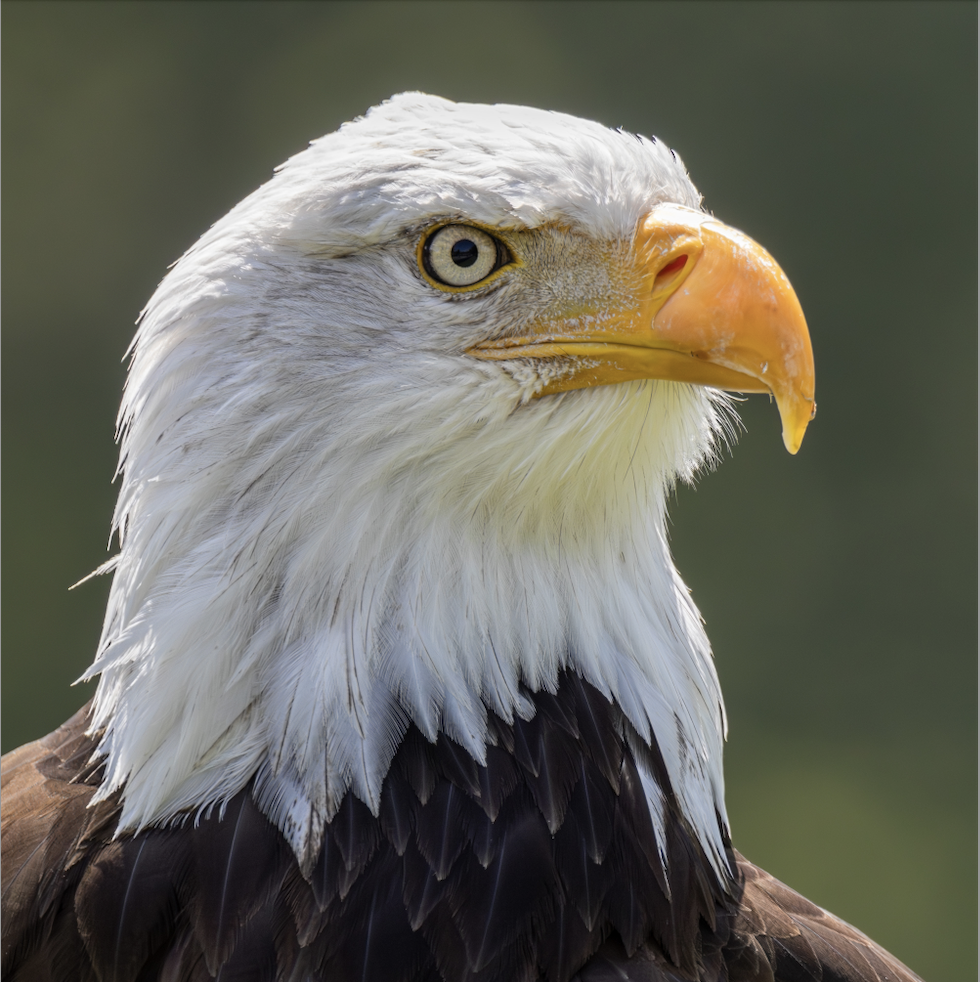Starling (Sturnus vulgaris)
Nikon D850, Nikon 200-500mm f/5.6
f/7.1, 1/2000s, ISO 800, 200mm





Every year, we have many pairs of starlings breeding in our locality. We have bird feeders in the garden all year round, but when the starlings bring their young to them, it is really hard to keep them filled.
As a consequence of their generally rowdy behaviour and competition for food, we often get squabbles breaking out. It also means I can get very close to them, as they are generally oblivious to anything but the food and their disputes.


Hah, someone who pays attention to poster names & history :)
The new lens has pluses & minuses, but overall I think I’m happy:
Ha, yes this is true. Always keeping my eyes open.
You could try a monopod, something light in carbon fibre would help take the weight. It’s a bit trickier than a tripod at first but more portable.
That said I found regular use of heavier gear gets you used to the weight. Controlled breathing can also help stabilise your upper body and by locking your elbows into your torso the weight can be transferred into your body rather than being supported by your shoulders alone. Apologies if you already know this.
At 800mm you’re at f/9 which is going to make your autofocus work harder if the light isn’t great, especially on moving subjects.
Good advice, if mostly things I kind of knew.
I knew from days with a point and click doing landscapes that a monopod is a real benefit (on a light wight point and shoot, a collapsed monopod still helps with a bit more inertia to limit shake as well), but alas if taking photos of birds the chance of the monopod putting the camera at the right height, especially if I want to use the view finder, are pretty remote.
Controlled Breathing - that might be worth my while investigating.
Better arm positioning - kind of also suffers if shooting upwards, but is something I do sometimes remember to think about. I need to remember this more often!
And yes, on AF speed I need to practice/experience, and also think about changing settings on the fly - currently I have speed and aperture fixed manually, and ISO on automatic. This means shots can drift into high ISO without me thinking about it. I either need to remember to change speed when going into a shaded wood, or experiment with Av mode. Av mode worries me with birds as it might result in motion blur too often: but with the new lens that might be a little less of an issue.
I ended up feeling the same way about monopods. I did try a gitzo pod which was able to expand to nearly 6’ 4". With a head and the camera mounted it was actually pretty comfortable for me at 6’ 1". But I found it was just one more thing to think about and get tangled in my legs lol.
I shoot in manual mode but that’s for no other reason than I really struggled with semi automatic modes (dealing with exposure comp and floating variables like ISO) when I first started digital photography. I honestly almost quit after using aperture priority and ending up with loads of pics at 1/8000s and ISO 12800 😆 I then had to figure out how to lock down the max iso and shutter speed and that became another thing to remember as it was always buried in a menu somewhere. I just found it all so frustrating that going manual was actually a relief. The ergonomics on the Nikons, especially the more capable ones, makes it really easy to manage on the fly so to speak. The main thing was practicing on things I didn’t mind not capturing, garden birds, ducks on the river. I still mess it up but my lightroom skills have improved no end 😄
Yes … one more thing to get in the way: my current experiment in this area is a three-legged camping stool, so I can better watch a clump of promising bushes, etc. for longer. And it both helps the watching and gets in the way (and is a little more weight). I’ll persist with it - though perhaps more when the ground is dryer and I’m less likely to find mud to sink into on one or more legs.
On semi-automatic modes - it really does depend on whether the algorithm the camera uses for the settings it controls matches our desires. If it’s close enough to our desires, it’s a help, if it’s doing 1/8000s at ISO12800 it’s clearly gone mad!
Though I’ve a better piece of software, I actually just use Canon’s DPP4 for getting the lighting to my taste, but then I only want “whole picture” effects, and messing with the general luminance, plus the histogram tool (setting mid point and end points to match the actual picture’s luminance histogram) seems enough to me. I do have ACDSee’s Photo Studio (mostly chosen as it’s a one off payment, not a subscription), and Topaz Photo AI which would allow more controlled messing, but with wildlife, I don’t really thing messing is “right”.
I actually use ACDSee to add keywords to photos (and ratings, though DPP4 can do that), and Topaz only infrequently when the photo looks like it might be rescue-able that way.
I took a fishing chair to a fen once. I sat down and all four legs disappeared into the peat, essentially leaving me sat on the ground 🤣
I used NX Studio from Nikon when I first started on digital, which is free, but I found it less capable than I needed. I might go back and have another look. I really like Fast Raw Viewer. It makes it really easy to cull my shots down before importing them.
In lightroom I’ll do a general first pass process on import and then if there’s something I really like I’ll take my time ruining it lol TBH most of anything I do after the first pass is just cropping for layout.
I also have topaz denoise, sharpener and gigapixel for doing large prints and a Spyder for screen calibration. I don’t think calibration is really worth it if you’re only doing digital images, because unless the person looking at the photo has an identical screen and calibration it’s never going to look the same, but it’s a noticeable improvement when printing.
Mmm, chair + fen = inevitable end
One of my favourite accessories in my camera bag is a folding square of foam, from Multimat - https://outdoorgear.co.uk/multimat-compact-kumfie-sit-mat/ Light, doesn’t get in the way, and allows me to sit on most flat surfaces even if damp.
On free software - I seem to remember Canon are meant to be at the better end of what is on offer in this area (and some camera suppliers just give demo versions of third party software). So I just got lucky perhaps.
I have wondered about getting a monitor that might be more faithful to its inputs, when what I guess a Spyder might do is relevant, but my colour memory/sense is not that great, and I’m certainly not doing prints of my own photos - I’d need a much better printer!
I had the separate Topaz products, but when they offered me a free upgrade to the combo product I leapt at it - it just seemed so logical to have it all in one package, rather than chaining them.